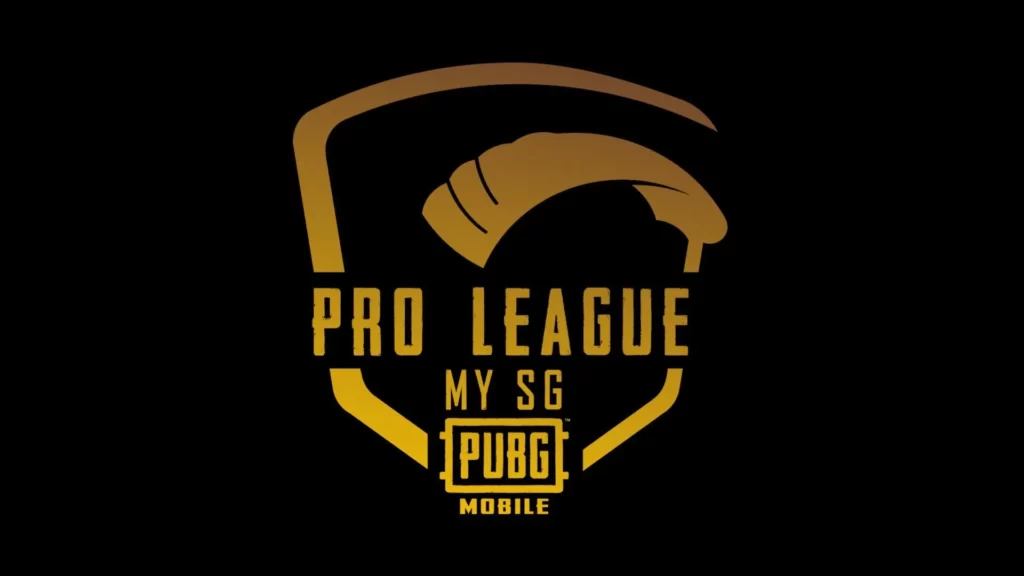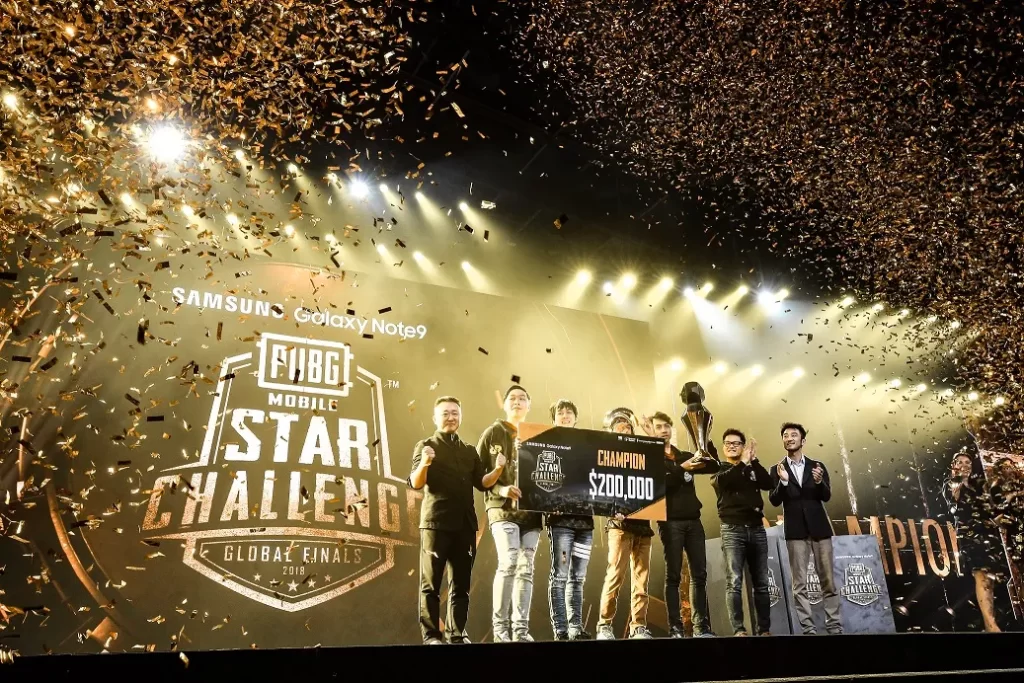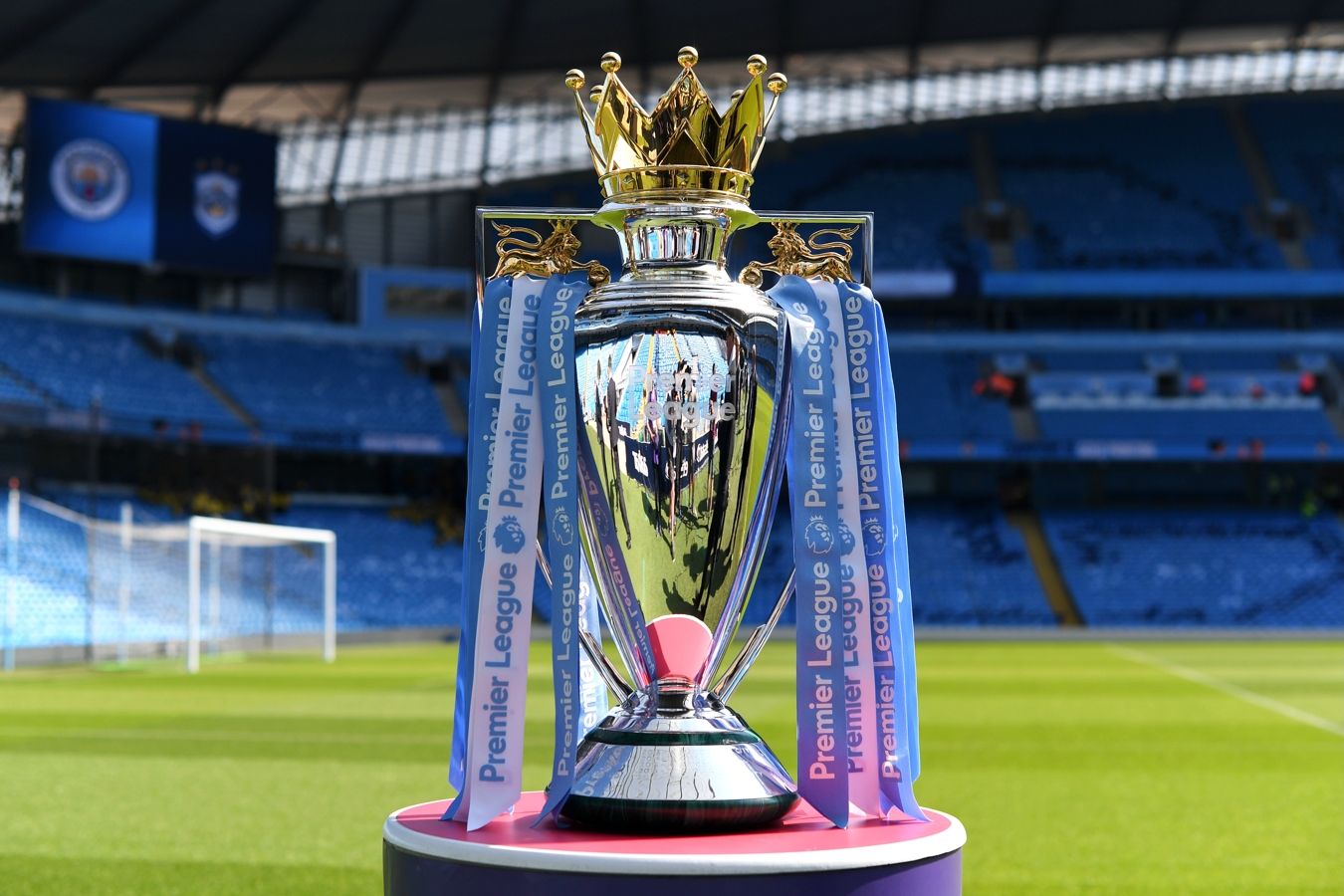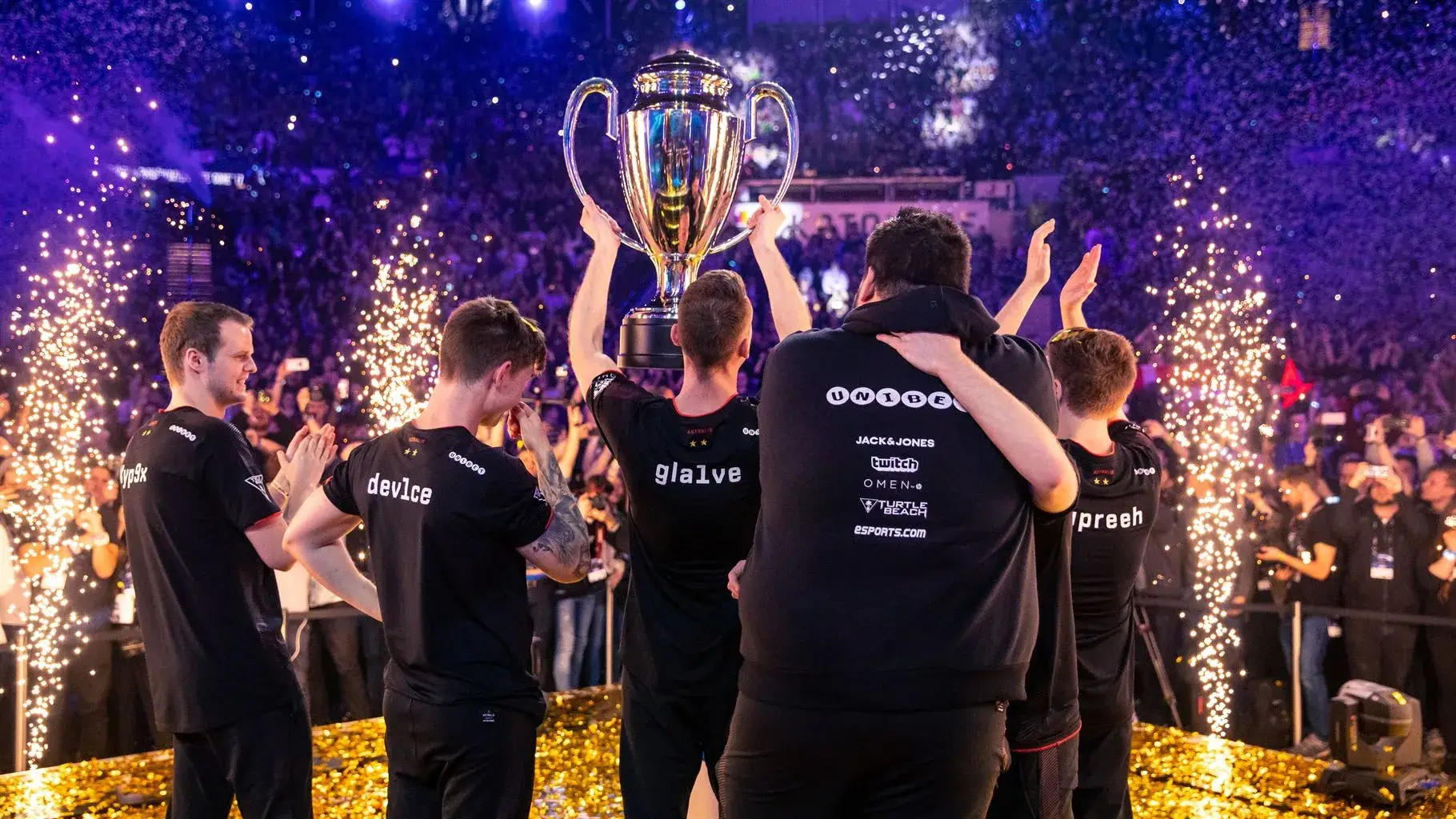PUBG Mobile League is a phenomenon that changed the perception of mobile gaming. Launched in 2020, the league has become one of the biggest tournaments on the global eSports scene, covering more than 20 countries. The best players from around the world compete here every year, attracting millions of spectators.
In the 2022 finals, the event attracted over 1.5 million fans online, demonstrating the growing interest in cybersport and its incredible impact on modern culture. It’s this scale and impressive numbers that make PUBG Mobile League more than just a competition – it’s already a global trend and movement.

Why PUBG Mobile Pro League is so popular
The PUBG Mobile Pro League actively covers a wide variety of regions, giving every player from every corner of the world a chance to get to the top. The PMPL’s regional stages divide participants into groups by country or region, providing an opportunity to develop local eSports communities and keep interest levels high.
Qualifiers in Southeast Asia, Europe and the Americas showcase the incredible variety of play styles and strategies inherent in each culture. The structure makes the league as accessible and competitive as possible, as everyone has a chance to progress from the regional championship to the world finals.
The success of cyber sports teams and their role in the League
An important factor in the success of the PUBG Mobile League is undoubtedly the teams and professional players who showcase their unique skills. One of the brightest examples is Nova Esports, who won the title of PMPL champions in 2021 and received a solid prize pool. Their journey has not been easy: victories have alternated with difficulties, but their perseverance and teamwork have made them icons of the cybersports world. Such success stories inspire millions of young gamers who dream of travelling the same path and joining the PUBG Mobile League. Each team’s success is not only their own personal victory, but also an inspiration to the community around the world.
How to qualify for the PUBG Mobile Pro League
 Qualifying for the PUBG Mobile Pro League is a challenge for any ambitious potential participant. The process begins with qualifying tournaments, which take place both regionally and internationally. In 2022, more than 5,000 teams around the world took part in the qualifiers, of which only the top 20 earned the right to fight for the title of champions. Participants go through several stages: regional qualifiers, the group stage and finally the grand final, where the fate of the championship title is decided. This process is highly competitive and gives young players the opportunity to make a name for themselves as they make their way through all levels of competition.
Qualifying for the PUBG Mobile Pro League is a challenge for any ambitious potential participant. The process begins with qualifying tournaments, which take place both regionally and internationally. In 2022, more than 5,000 teams around the world took part in the qualifiers, of which only the top 20 earned the right to fight for the title of champions. Participants go through several stages: regional qualifiers, the group stage and finally the grand final, where the fate of the championship title is decided. This process is highly competitive and gives young players the opportunity to make a name for themselves as they make their way through all levels of competition.
PMPL participants and what it takes to be part of the League
To become a member of the PUBG Mobile Pro League, teams must possess not only a high level of play, but also an array of certain qualities necessary for success on the world stage:
- A fine-tuned strategy that takes into account all possible development scenarios. Tactics should be tested in real matches and adapted to the opponents’ style.
- Teamwork. Success in the PMPL is impossible without the co-operation of all team members. Players must clearly understand their roles, support each other and co-ordinate effectively in all situations.
- Everyone’s individual skill is also of paramount importance. Reaction, shooting accuracy and the ability to make decisions under pressure are key skills a competitor must possess.
- Adaptability. It is important to be able to adapt quickly to changing battle conditions. Matches in the PMPL are dynamic and teams must be able to change tactics on the fly to remain competitive.
- Constant training. To achieve high results, teams need to spend a significant amount of time training, practising different scenarios and improving their coordination.
- Analysis of opponents. It is important to identify their weaknesses and use this information to your advantage.
In 2023, Bigetron Red Aliens particularly stood out. The team showed excellent tactical co-operation and individual skills, which allowed them to win prizes in the international finals. The secret of their success is constant training, professionalisation and team spirit.
Prize money and awards for winners
The PMPL prize pool is not only a symbolic token of recognition, but also a significant financial incentive. In 2022, the total fund totalled $2 million, one of the largest sums in the history of mobile cybersport. The amount is distributed among the teams that win prizes, and this provides motivation for further growth and development. For many, this money becomes an opportunity to invest in equipment, expand their coaching staff or participate in international training camps. PUBG Mobile League is a real chance not only to become famous, but also to make a professional career in cybersport sustainable and long-term.

Impact on your cybersport career
Being a member of the PUBG Mobile Professional League opens the door to the world of professional cybersport. Many participants who started their journey in the PMPL have become real stars, attracted the attention of sponsors and formed huge fan bases. Paraboy from Nova Esports has become the face of mobile eSports, and his career is no longer just about winning tournaments, but also participating in promotional campaigns and training events for newcomers. This level of recognition turns cyber athletes into role models, motivating new entrants to strive for the top.
Conclusion
 Every year the interest in mobile eSports grows, and with it the influence of the PUBG Mobile Pro League. The league gives every player, regardless of their country of residence, the opportunity to test their strength on the world stage, show their skills and make cybersport history. With huge prize pools, support from major sponsors and a growing audience, the PMPL remains the premier platform to develop and shape the future. Now is the time to start practising and trying your hand at qualifiers!
Every year the interest in mobile eSports grows, and with it the influence of the PUBG Mobile Pro League. The league gives every player, regardless of their country of residence, the opportunity to test their strength on the world stage, show their skills and make cybersport history. With huge prize pools, support from major sponsors and a growing audience, the PMPL remains the premier platform to develop and shape the future. Now is the time to start practising and trying your hand at qualifiers!
 en
en  ru
ru  de
de  ar
ar  es
es  nl
nl  hi
hi  fr
fr  it
it  pt
pt  el
el 











